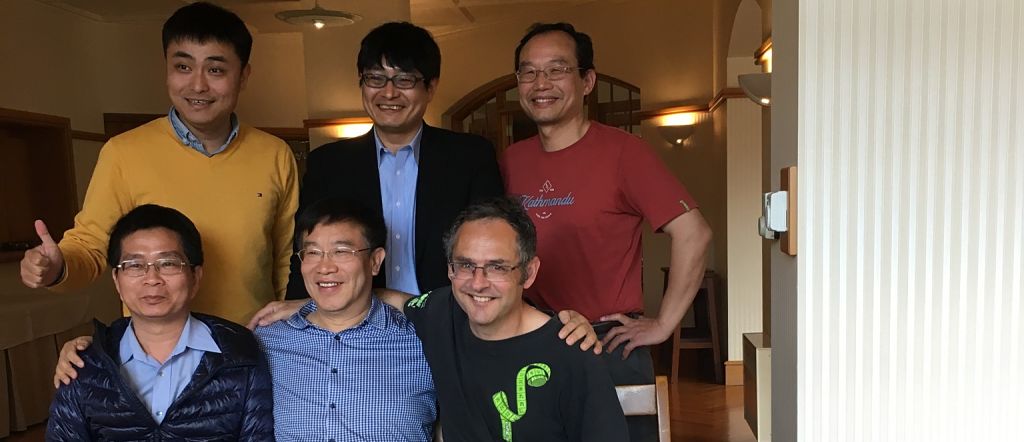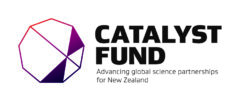Gout is one of the most common types of inflammatory arthritis caused by the deposition of monosodium urate crystals in and around the joints. Genetic factors play a leading role in gout but it is also affected by environmental factors such as diet. The incidence of gout varies among different population groups worldwide: in the Han Chinese population it is 3%, in the New Zealand European population it is 3%, while in the Māori and Pacific populations of New Zealand it is 6-8%.
Prof Yongyong Shi’s research group in Shanghai Jiao Tong University has established a large biobank of gout in the Han Chinese population in cooperation with Prof Changgui Li of the Qingdao University Medical School. They have completed the first large sample size genome wide association study of gout arthritis in Asia, and built a new generation genotyping and single cell sequencing technique based on nanotechnology.
Prof Tony Merriman from the University of Otago leads an international consortium undertaking a large genome-wide association study for gout in people of European ancestry. His research group has made significant advances in unravelling the role that genes and gene-environment interactions play in gout within the New Zealand population.
In an exciting development these two groups have recently forged an international collaboration entitled ‘Trans-ethnic research into the genetics of primary gout’, combining data from the Han Chinese, European and Polynesian populations to increase the power to identify genes for gout. This study will not only help us to understand the genetic reasons for differences in the clinical features of people with gout but also to learn more about the interaction of genes and environment in gout. Another important outcome will be the establishment of a co-operative international repository for data from the gout genetic studies that can be used to facilitate precision medicine in the prevention, treatment and management of gout.
Securing funding for international collaborative research is never easy but the potential impact of such research can bring enormous benefits to all those involved. The groundwork for this latest success was laid when the researchers involved formed the Asia-Pacific Gout Consortium. In April this year Professor Merriman and his University of Otago colleague Dr Wenhua Wei hosted a visit to New Zealand by researchers from mainland China, Taiwan and Japan. In August they will attend the official launch of the Consortium in Harbin, China.
This collaboration has also been facilitated by a Memorandum of Understanding (MOU), signed earlier this year by the Shanghai Science and Technology Commission and Enterprise Dunedin to promote scientific cooperation between the sister cities of Dunedin and Shanghai. The NCD CRCC was instrumental in having ‘major chronic diseases’ added to the MOU as a priority area for joint research. We are delighted that Prof Shi, Prof Merriman and their research teams have been successful in forming the first scientific collaboration under this agreement, and we look forward to the benefits that this research can bring to both countries.


